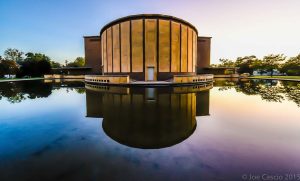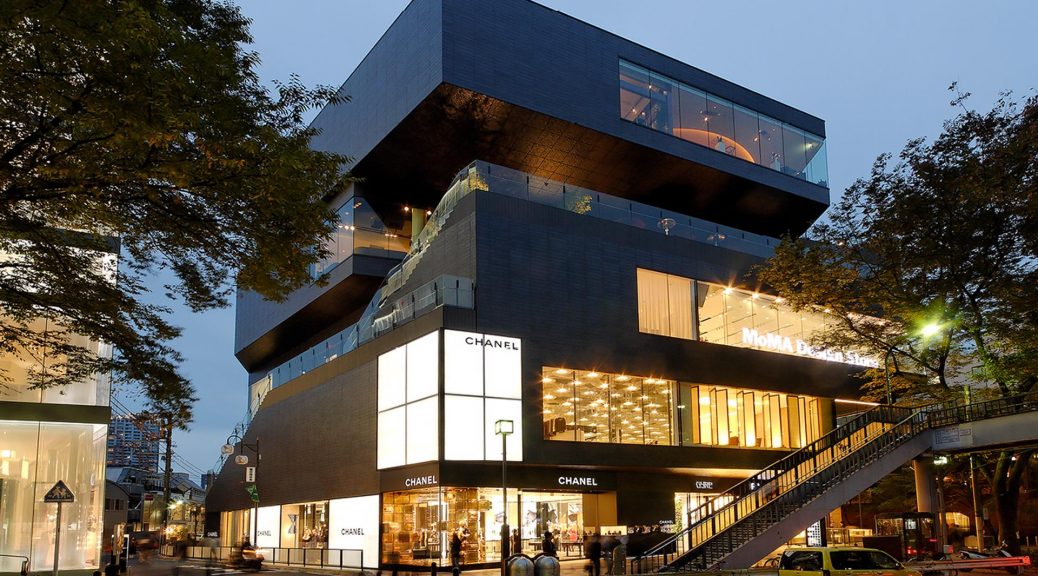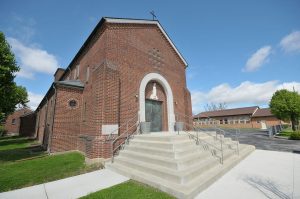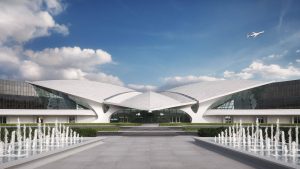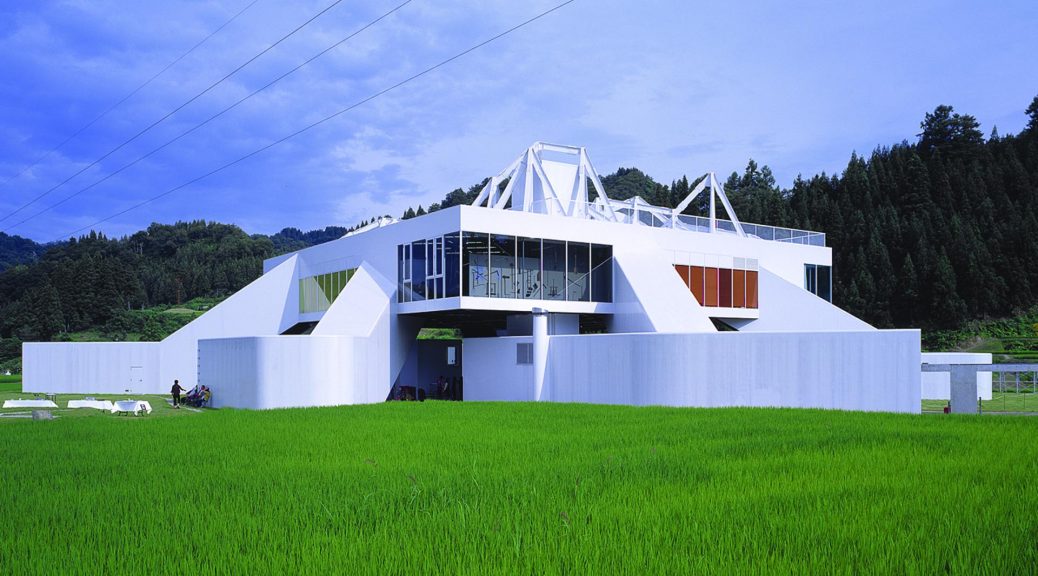The Griffith Park Railroad is a 1/5 scale train station and track designed jointly by both Charles and Ray in 1953. By now, the two had learned the balance between each others romantic and classical design methods. The railroad is neat, orderly, and functional- note the no-nonsense ordering of the stalls and ticket window. It is also aesthetically pleasing and innovative- the crown design on the station and whimsical elements on the clock tower show Ray’s influence. This design is a perfect example of the team-work and strength-balancing that typify the Eames’ work. 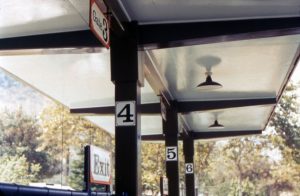
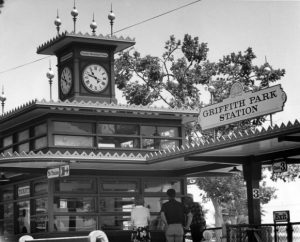
Monthly Archives: November 2019
Bickham Entenza House (3/4)
The Entenza House was designed with the Eames House as part of the Case Study Homes project. Ray took the lead on this structure, and her passion for beautiful spaces is clear to see. Less influence from Charles resulted in the Entenza House being less functional as a living space than the Eames house. Perhaps this is the reason this design did not become a permanent residence. 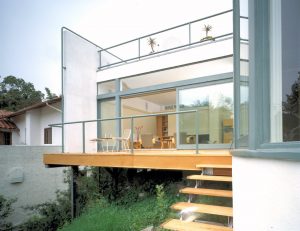

Kleinhans Music Hall – Eero Saarinen
Kleinhans Music Hall located in Buffalo, New York was designed by Eero Saarinen as well as his architect father Eliel Saarinen. The music hall is used as a concert venue. Most know for its acoustical excellence and design. The hall is home too many different events including speeches given at the hall by John F. Kennedy and Martin Luther King. A lot of history and excellence in this building which makes it a great landmark in Buffalo, New York and a popular tourist attraction.
The GYRE building
Designed by MVRDV, the Gyre building finished construction in 2007. It is located in Tokyo, Japan and is home to many flagship stores of major brands. The building focuses on being inviting and its verticality. This is in contrast to most other shopping centers. The floors are twisted around a central core. This results in two twin terraces around the core, one for ascending and one for descending. The two routes are connected at every floor through a store. This is what gives the building its mystique. In the designers own words, it is a “vertical promenade”.
Blog 2.4 – Nelson-Atkins Museum of Art by Steven Holl

The Nelson-Atkins Museum of Art in Kansas City was expanded in 2007, the design was done by Steven Holl. The expansion was a very modern extension to the existing neoclassical building and provided the museum with 5 new pavilions. The pavilions are made up of twin layers of glass that when lit up, illuminate both the architecture and the landscape. The expansion also increased the museum’s space by more than 70 percent and includes five expansive light-filled galleries.
St. Louis Gateway Arch – Eero Saarinen
The Gateway Arch in St. Louis Missouri designed by Eero Saarinen stands at 630 feet tall making it the tallest arch in the world. It is made up of stainless steel and modeled after a weighted catenary arch. The arch also stands as Missouri’s tallest accessible building. A very beautiful monument to westward expansion in the United States and has become the symbol for St. Louis and a very popular tourist attraction with its breath taking size and sleek design.
Bickham St Mary’s Catholic Church (3/4)
TWA Flight Center JFK International Airport – Eero Saarinen
The TWA flight center at JFK International Airport in New York, is another amazing accomplishment for architect Eero Saarinen. The building was opened in 1962. The building once used as an airport terminal is now used as a hotel called TWA hotel. The building again like a lot of Saarinen’s work is very futuristic. The building as you can see in the picture above is actually in the shape of an airplane and its wings.
Bickham Eames House (1/4)
Charles and Ray Eames were a married couple as well as architectural partners. Charles thought more classicly, prefering right angles, symmetry, and sleekness over form. Ray, who was also a painter, moderated her husband’s inclination to create functional spaces at the expense of beauty of design. You can clearly see the infulence of each in the Eames House in Los Angeles.![]()
Matsudai Cultural Centre
Located is Matsudai, Japan, the Matsudai Cultural Centre was built by MVRDV in 2004. In Matsudai, summers are brutally hot and winters usher in blankets of snow. The design of this building kept all of that in mind. It addresses this problem by being built on “legs”. These legs create a snow free zone under the building during the winter, and a shaded plaza in the summer. The building consists of exhibition halls, shops, classrooms, and a cafe. It also plays host to a tri-annual arts festival.
